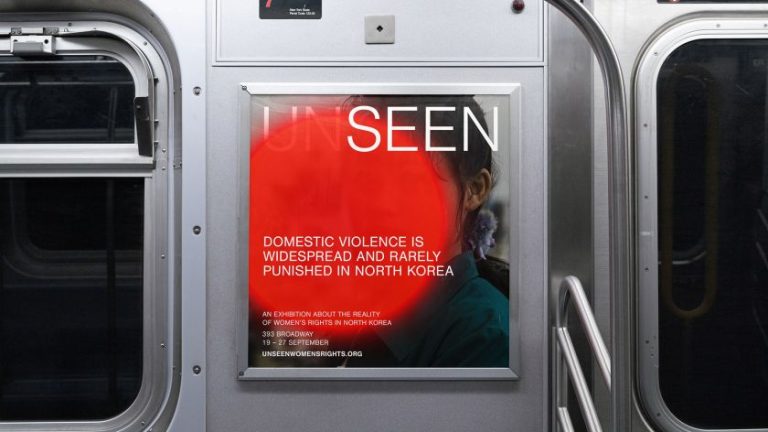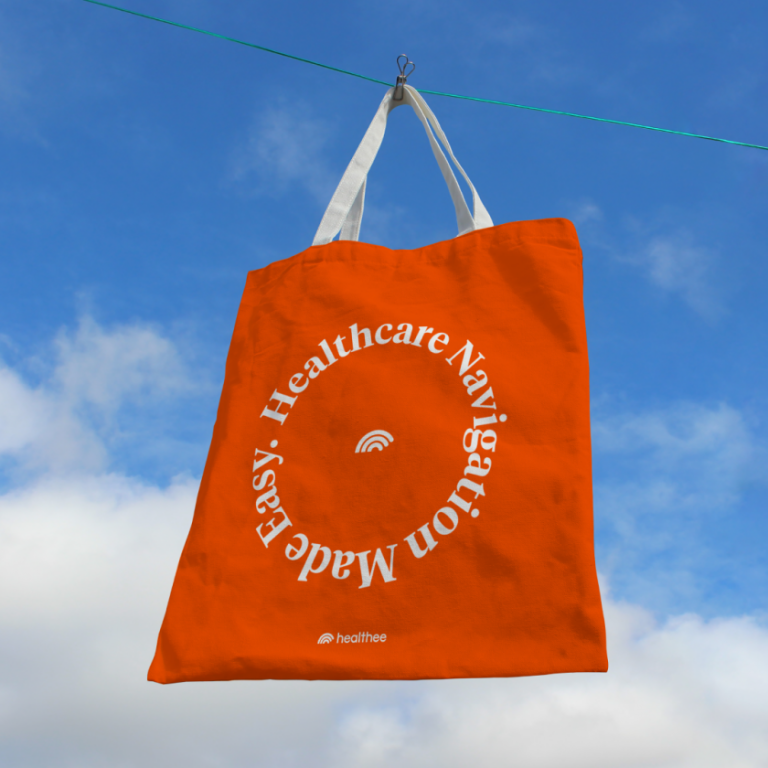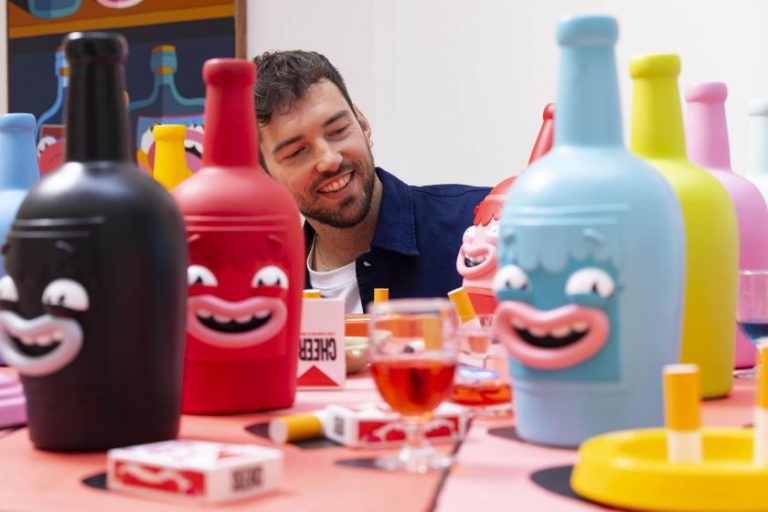Artist and photographer Yasmin Masri brings a fresh perspective to a ubiquitous icon with her new book, Near 2,143 McDonald’s. Documenting over 2,000 McDonald’s locations through Google Street View, she unveils a quietly intriguing world of empty parking lots, ambiguous landscapes, and urban oddities, challenging our perceptions of the golden arches and the spaces they inhabit.
Few brands are more globally recognisable than McDonalds, with its gaudy golden arches and largely uniform approach to fast food.
But with any global behemoth, while its approach is more than a little cookie-cutter, each site has its local quirks and nuances—if only because of the difference in the landscape between, say, Ipswich and Idaho.
For the last four years, artist and photographer Yasmin Masri has been travelling the world, visiting an astonishing number of branches of the purveyor of Happy Meals. She has documented more than 2,000 destinations in a series of images now brought together in a new book published by Softcover.
Well, she’s sort of travelled and sort of visited: her images are, in fact, gathered together thanks to another brand behemoth, Google, and its street view feature. Masri has long been interested in “urban systems and how we orient ourselves in the places we live,” she says, resulting in art that’s mostly about cities. “Often, my projects involve some combination of photography, walking and predefined sets of locations.”
The book certainly aligns with this, forming an intriguing and experimental photographic catalogue titled Near 2,143 McDonald’s. The book takes a deep dive into the urban landscapes surrounding McDonald’s outlets, inviting readers to navigate the complex narratives woven into these seemingly mundane locations.
“McDonald’s outlets make for an unstable set of navigation points. They open and close (and occasionally open again), battered by the whims of market forces and international relations,” says Masri, who, perhaps unsurprisingly, has a background in urban planning. “Beyond this, McDonald’s itself – what it offers and represents – is not fixed. The McDonald’s on Airport Road in West Jordan, Utah, for instance, is not – practically and symbolically speaking – the same as the McDonald’s on Airport Road in Amman.”
The layout of the pages has been designed to give little away in terms of context: the photographs are laid out in simple grids, with no long captions and devoid of people – we’re forced to create our own interpretations and stories from the frequently barren landscapes presented to us. Instead, the locations are listed in the back of the book, forming a strange and beautifully functionless directory of sorts.
As you’d expect from the title, there are a total of 2,143 images in the hefty 624-page tome, each representing a different McDonald’s location across 67 countries, including all 50 states of the USA. To give a bit of context to the vastness of the mega-chain’s reach, this is only around 5% of its total outlets around the world.
While it could be argued that McDonald’s is a symbol for some pretty big themes – globalisation, capitalism, corporate greed, climate crisis, community, that omnipresent concept of ‘liminal space’ – here, it’s just a landmark, a destination on which to anchor another image in a vast expanse of spaces with often very little in common except their shared cheeseburger vendor.
“The meaning of McDonald’s changes depending on audience and context: A fast and cheap meal. A treat. A taste of home. A drive-through…A toilet. Work. A way to end a night out. A drop-off point. A place to sit out of the weather. An erasure. An easy option. Something familiar. Or something else,” Masri says.
“Read this catalogue however you like. Search for places that you recognise. Guess locations, seek clues in street signs, and check the answers in the back. Or go the other way around, using the index to navigate by place, date, or Subway outlet. Alternatively, move page by page, letting the scenes run together as you watch out the car window. Let your eyes glaze over. Get a little lost. Feel a little queasy. Wonder if you’ve seen that before.”
This isn’t the first time artists have used Google Street View as their primary source and tool: back in 2008, Jon Rafman began his ongoing Nine Eyes of Google Street View project, which highlights particularly striking snapshots captured by the “spider-eyed ball atop a Google van” that ultimately makes the map-type tool function. They range from the surreal to the darkly humorous to the downright haunting and have been brought together in a number of physical and online exhibitions, a book, and an ongoing dedicated website.










